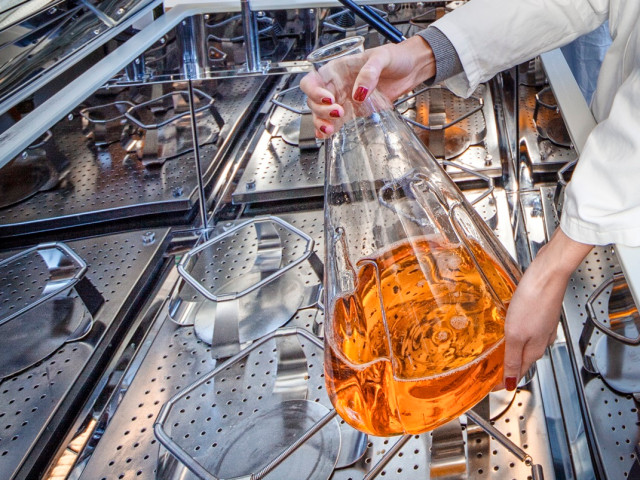Course is designed as an individual project work equivalent 10 weeks of full-time job. A current problem or research project in chemistry and chemical engineering are formulated and analyzed in conjunction with interested teachers. The task can be theoretical and / or experimental nature.
In general, the project begins with studies of its background and with a literature review. Then the task is planned and, where appropriate a project plan for the experimental work is formulated. The work ends with a written report of good quality where the background and the objectives of the project and the used method are described and where the results are fully documented, analyzed and discussed.
